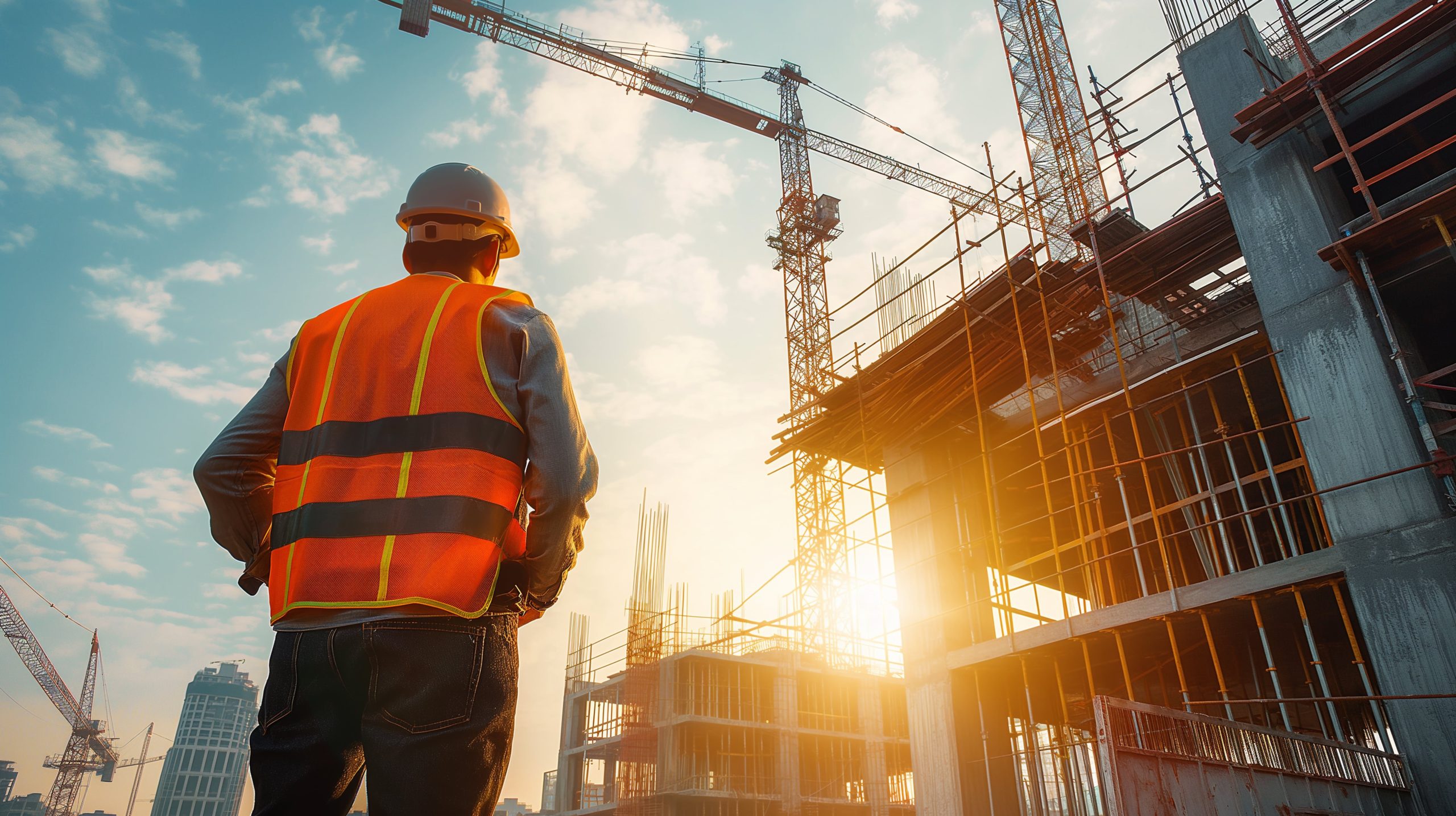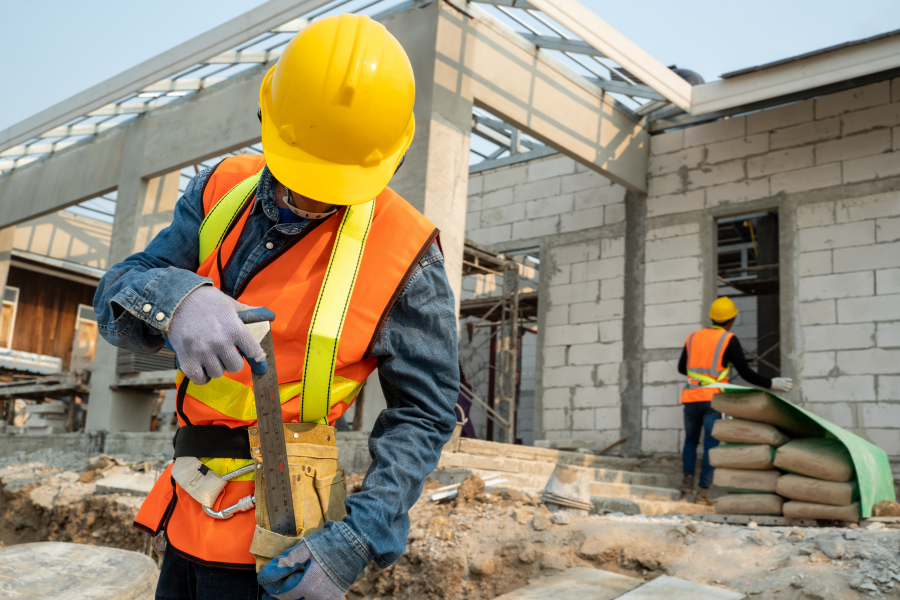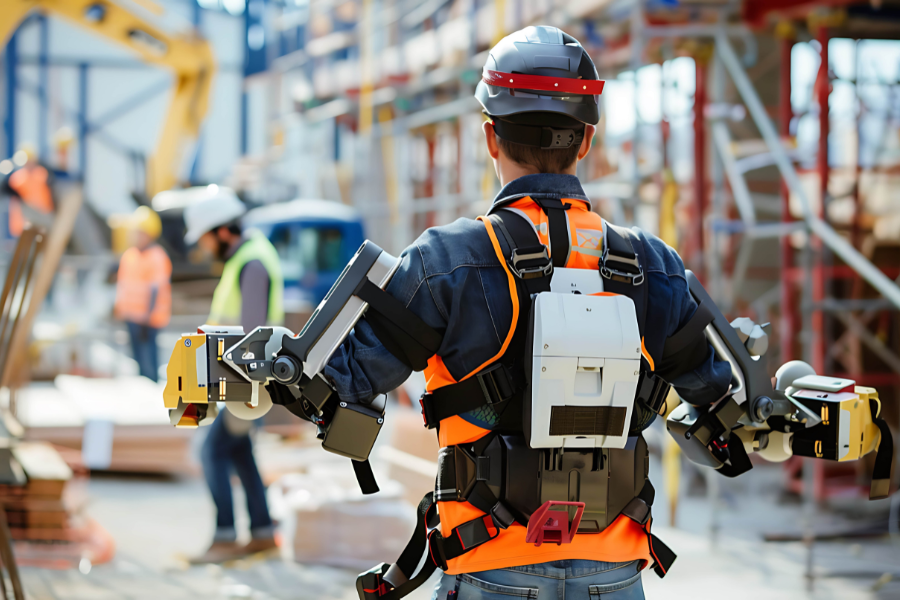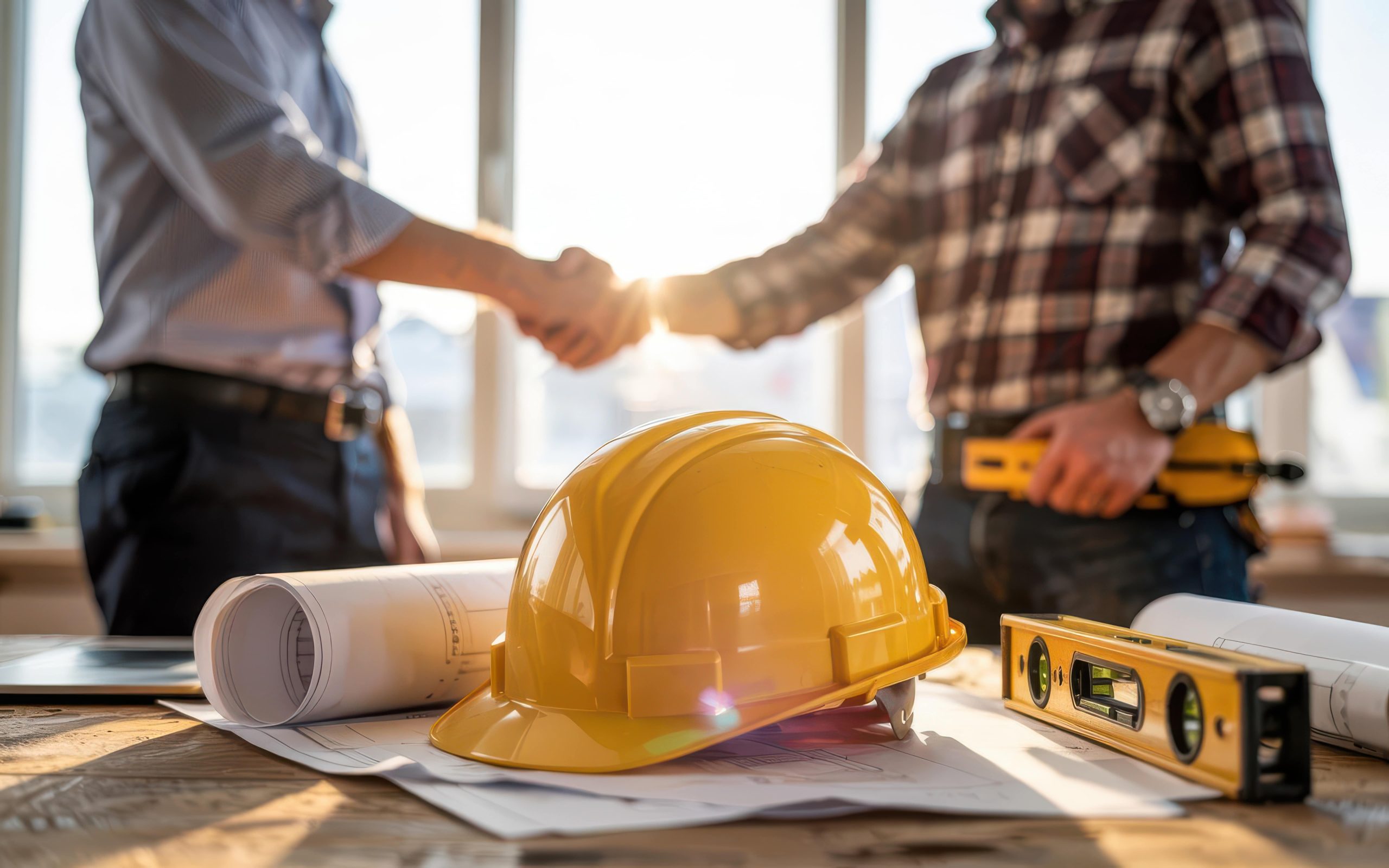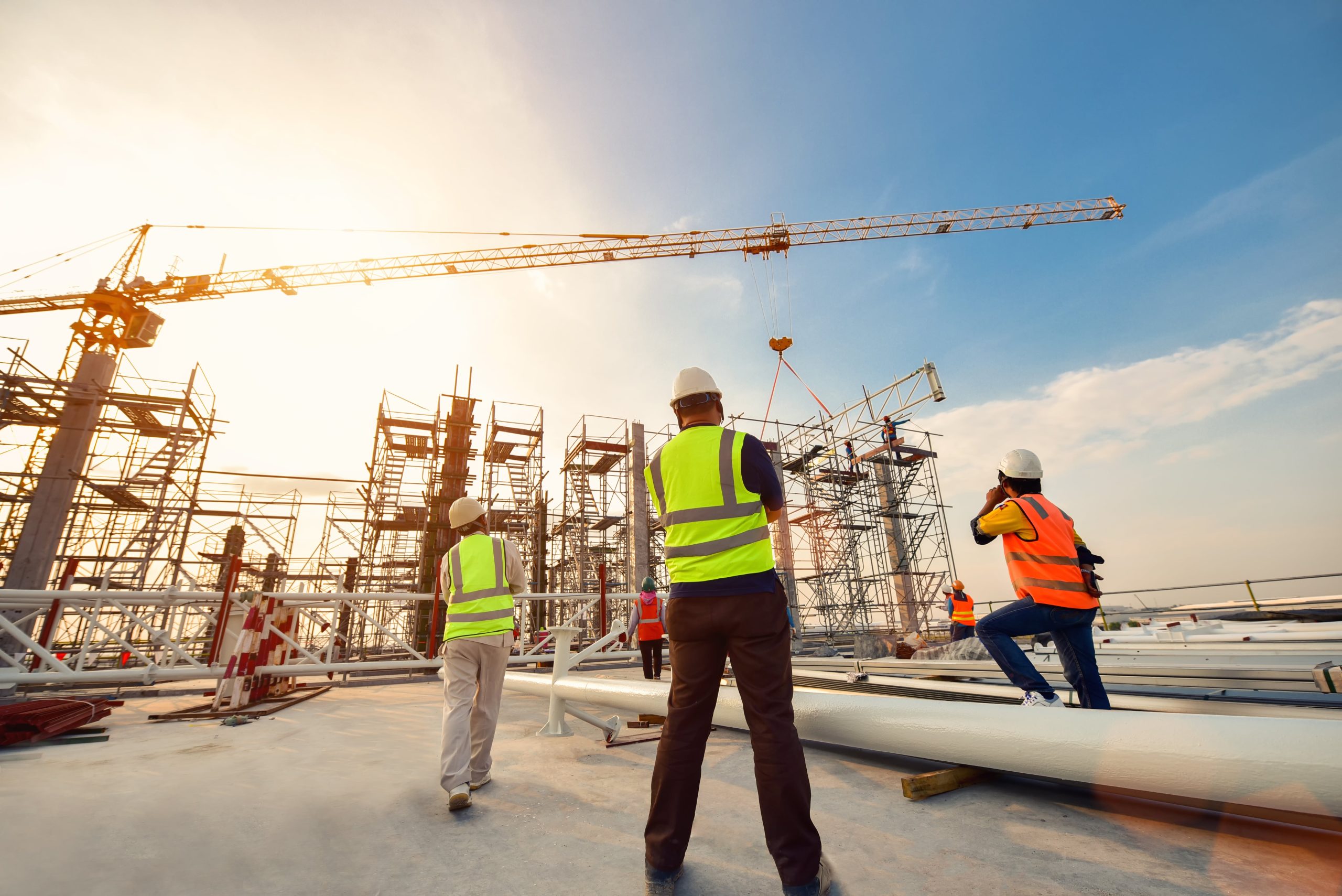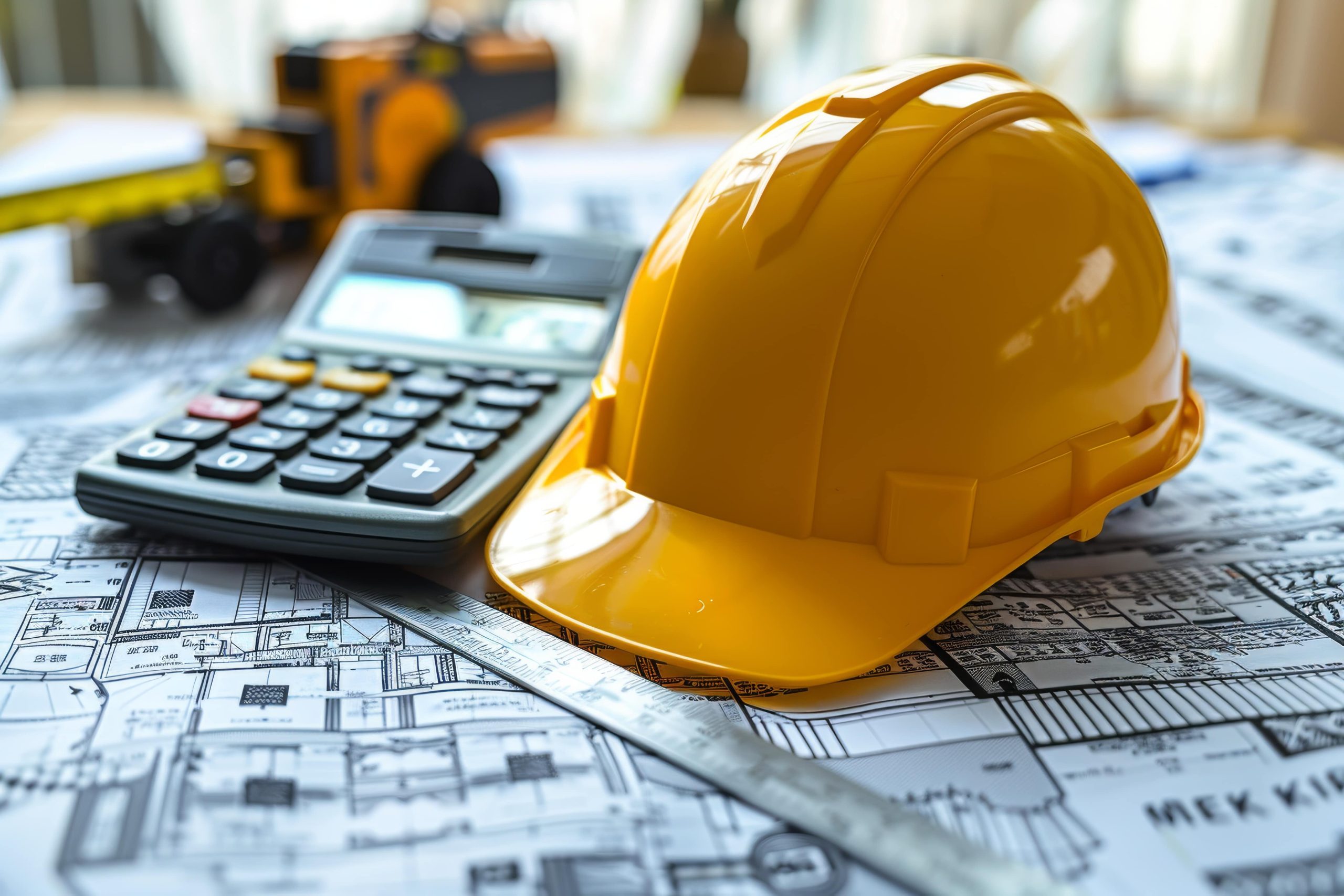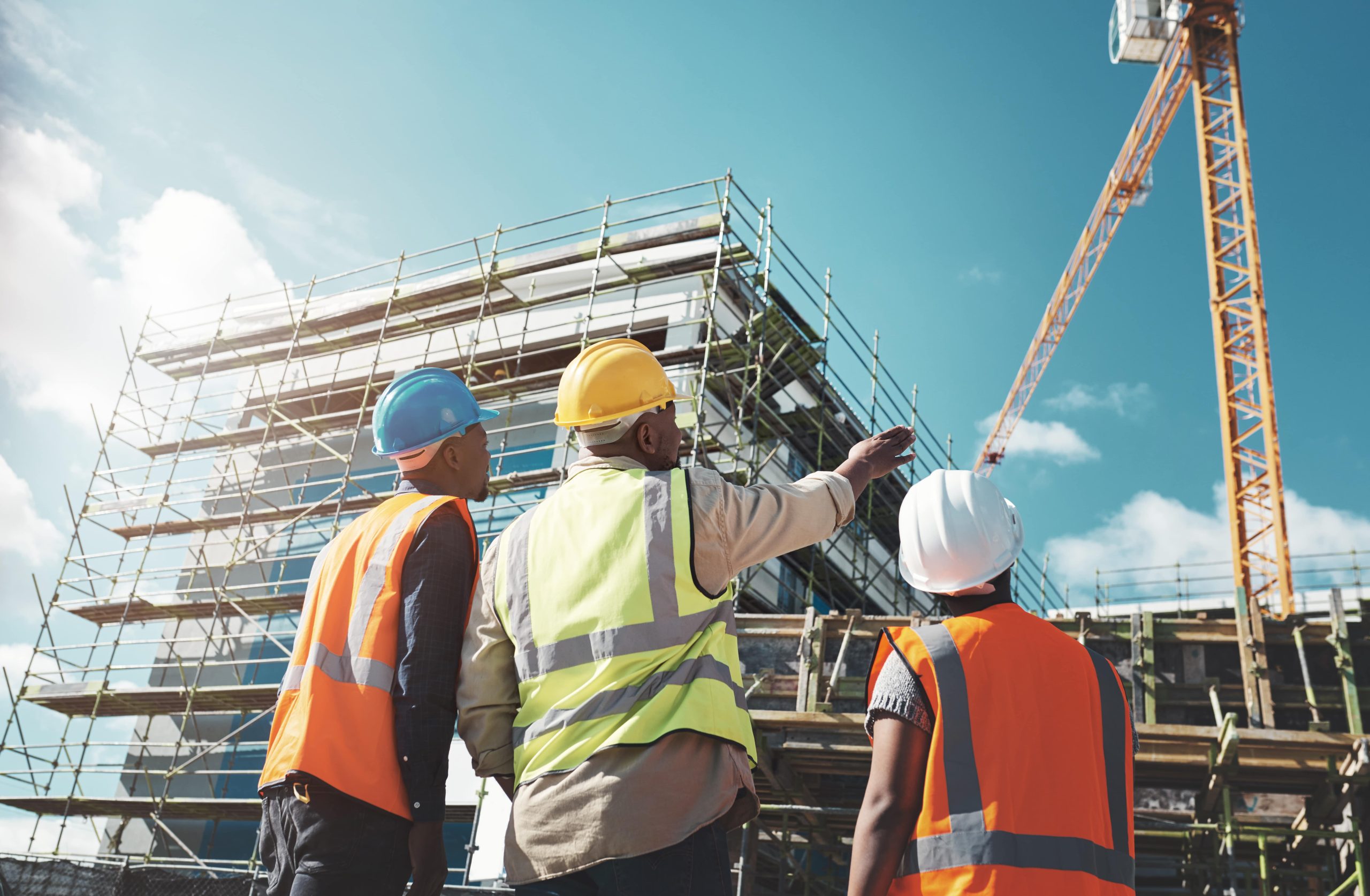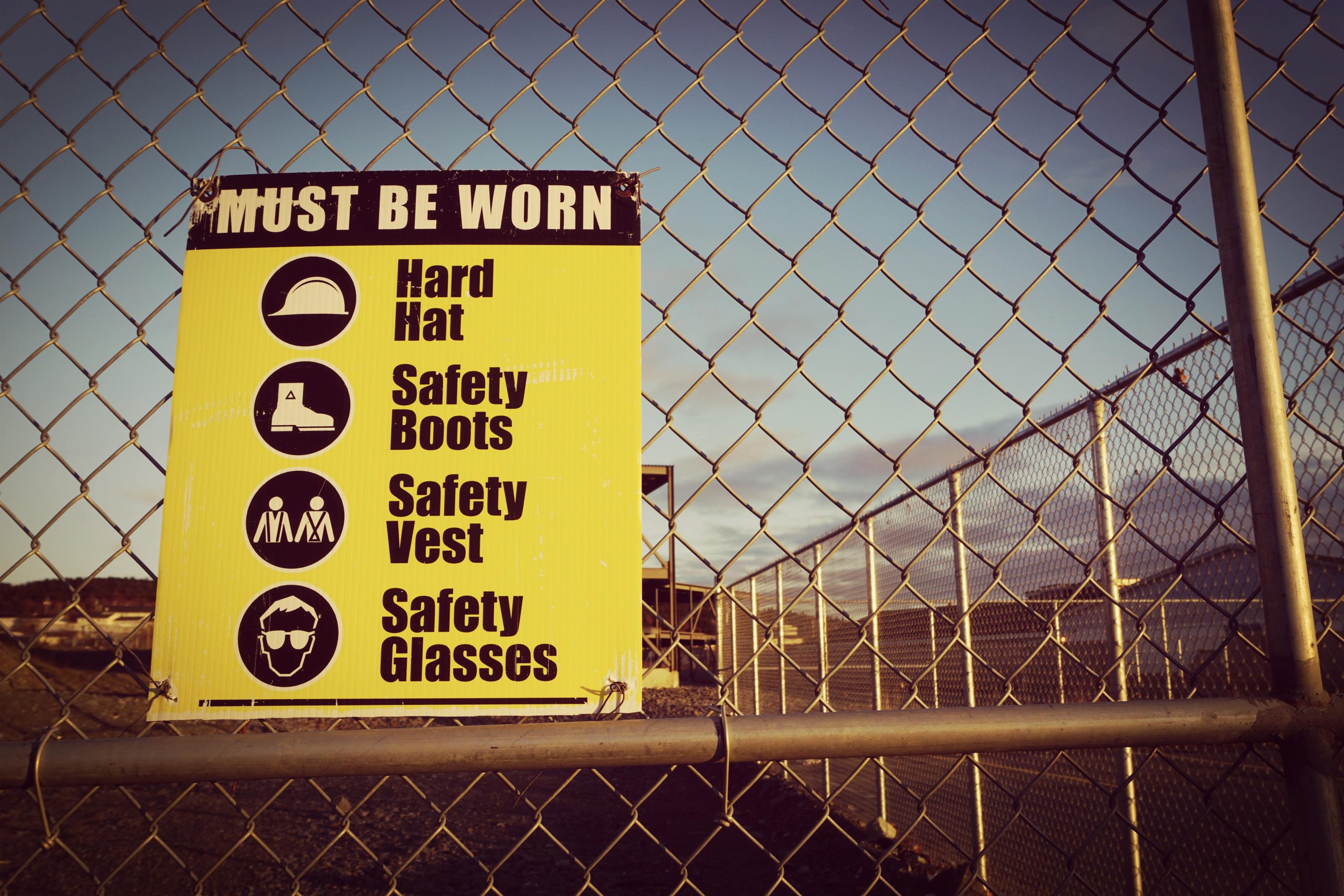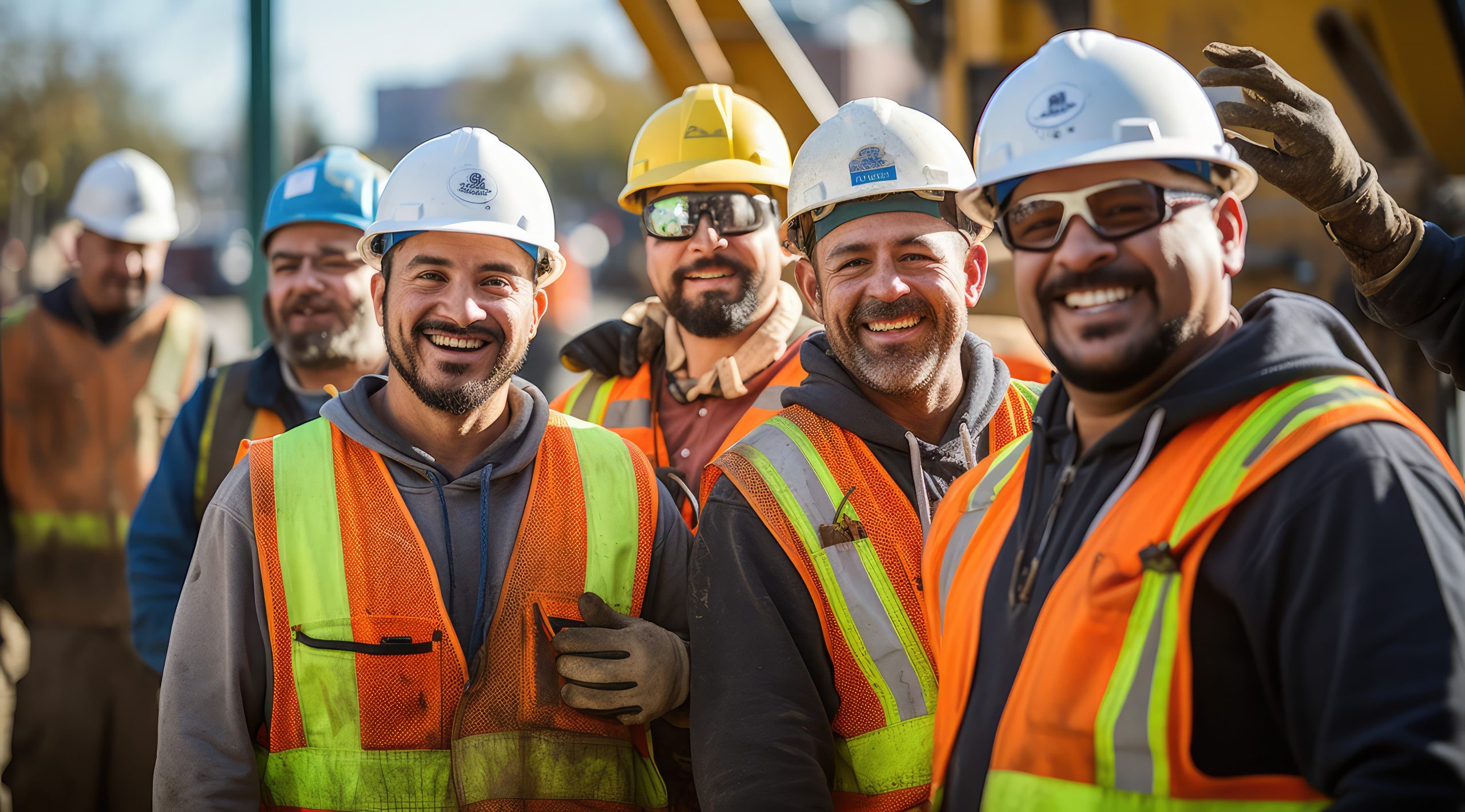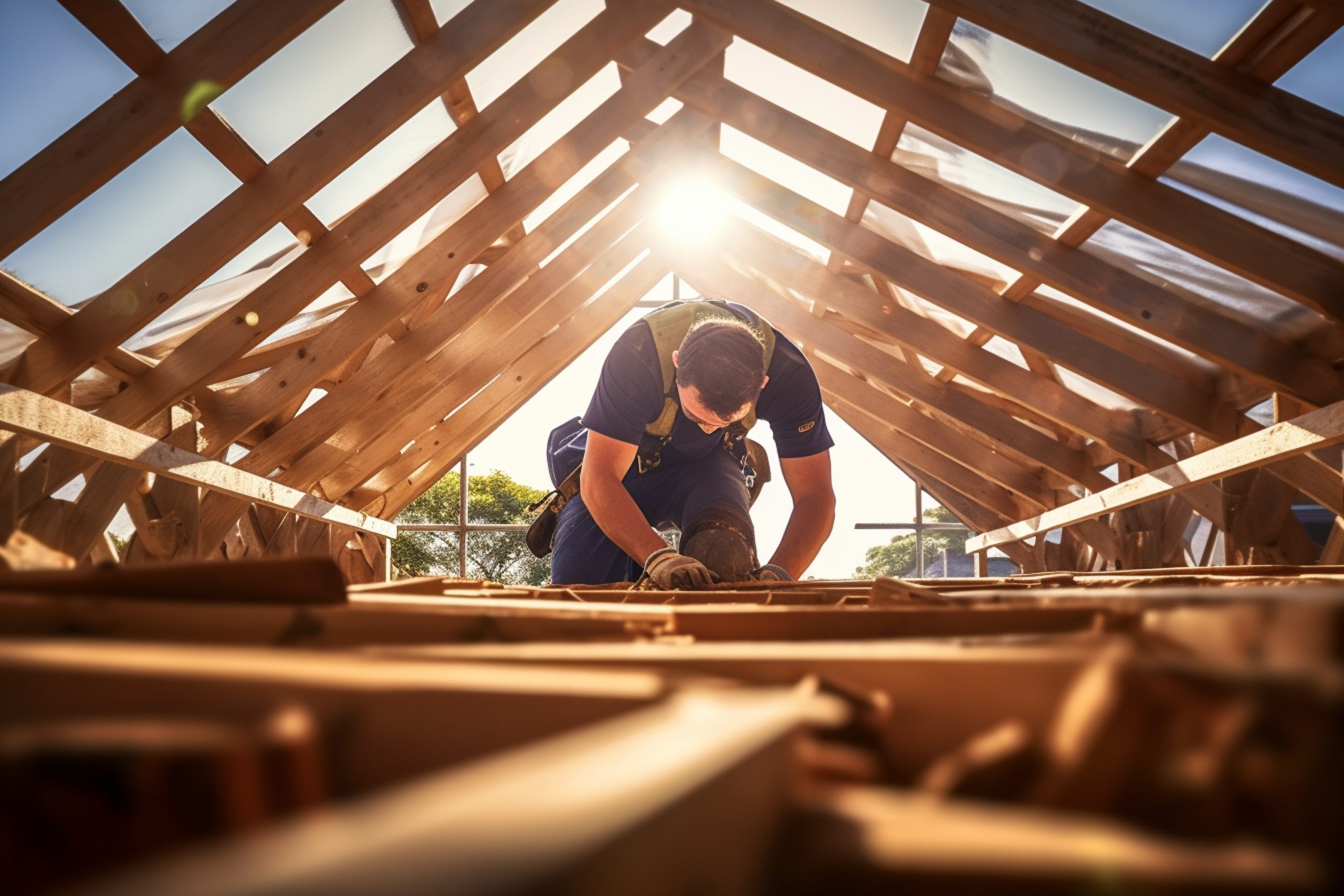The construction industry is experiencing a technological revolution that's transforming how workers stay safe and productive on job sites. With construction accounting for nearly 1 in 5 workplace fatalities across industries, wearable technologies are emerging as game-changers in reducing risks and enhancing efficiency.
The national construction injury rate has reached its lowest level in 12 years, thanks partly to increased investment in safety technology. As the industry shifts from reactive to proactive safety management, here are seven types of wearable technology revolutionizing modern construction sites.
1. Wearable Voltage Detectors and Smart Gloves: Electrical Safety
Electrical hazards pose significant risks on construction sites, making specialized wearables essential for worker protection. Wearable voltage detectors vibrate or sound alerts when workers approach live wires, providing lightweight, non-intrusive protection that can be worn on the wrist or clipped to clothing.
Smart gloves enhance this protection by detecting electrical hazards through vibrations while monitoring grip strength and hand motion for enhanced precision during intricate electrical tasks. These gloves also sense temperature and environmental factors, improving work quality and reducing errors in electrical installations.
2. Heat Stress Monitoring Systems: Preventing Health Emergencies
Heat-related illnesses represent a major threat to construction workers, particularly during summer months and strenuous activities (and especially in Texas). Advanced monitoring systems address this through multiple approaches.
Specialized patches continuously monitor sweat loss and skin temperature, providing real-time hydration assessments and personalized water intake recommendations. Chevron successfully uses these patches with field workers, significantly reducing heat stress incidents through proactive monitoring.
Construction-specific smartwatches complement this protection by offering comprehensive monitoring beyond consumer fitness tracking. Safety features include heart rate and vital sign monitoring, heat stress detection and dehydration alerts, fall detection with automatic SOS alerts, break reminders to prevent overexertion, and GPS tracking for emergency response. These devices help prevent heat exhaustion and heat stroke by monitoring physiological indicators and providing personalized hydration recommendations based on environmental conditions and activity levels.
3. Smart Clothing and Location Tracking Systems
Intelligent clothing represents a comprehensive approach to worker safety monitoring. Smart vests equipped with sensors provide location tracking and movement monitoring, slip and trip detection, environmental condition monitoring, and emergency alert systems with automatic notifications. These systems integrate with site-wide safety management platforms for comprehensive oversight.
Triax Technologies' Spot-r system exemplifies this technology, offering real-time location tracking and automatic fall detection while providing emergency warning systems to alert workers of dangerous situations requiring evacuation.
Smart boots enhance ground-level safety with pressure detection sensors for fall and impact alerts, trip monitoring for unsafe movement patterns, non-slip soles for improved traction across various surfaces, and precise location tracking capabilities. Some models feature innovative self-charging technology powered by walking, ensuring continuous operation without battery concerns.
4. Smart Helmets and Head-Mounted Technology
Modern smart helmets revolutionize the traditional hard hat that's been a construction staple since 1919. These advanced systems go far beyond basic protection, featuring sensors that monitor fatigue and microsleep prevention, detect environmental hazards like gas leaks and extreme noise, and track vital signs in real-time.
Built-in communication systems with microphones and speakers enable hands-free coordination, while proximity sensing prevents collisions. The Guardio Armet Pro measures head impact severity to determine if emergency help is needed and tracks worker locations with GPS, sending alerts if workers don't return from job sites as expected.
Some advanced models integrate augmented reality capabilities, combining head protection with smart glasses functionality for comprehensive head-mounted safety and productivity solutions.
5. Augmented Reality Glasses and Visual Enhancement Systems
Smart glasses with AR capabilities represent a paradigm shift in how construction workers access and interact with information. These devices display project plans, wiring diagrams, and safety guidelines directly in workers' field of vision, eliminating the need to consult physical manuals or devices.
Key applications include hands-free access to technical information, real-time video calls with supervisors and experts, automatic alerts for environmental hazards like toxic chemicals, and comprehensive documentation capabilities. Workers can record and livestream work processes for training purposes while facilitating remote inspections and quality assurance.
OSHA inspectors use Vuzix M400™ smart glasses to communicate with off-site experts, document site conditions, and receive immediate feedback during inspections, demonstrating the technology's practical applications for regulatory compliance and expert consultation.
6. Exoskeletons and Physical Support Systems
Wearable exoskeletons represent one of the most transformative technologies for addressing the physical demands of construction work. These devices support workers during physically demanding tasks, reducing strain and preventing musculoskeletal injuries that plague the industry.
Available in three distinct types—passive (muscle-driven mechanical systems requiring no electricity), powered (motorized systems that actively augment strength), and pseudo-passive (hybrid systems combining mechanical frames with battery-powered sensors)—these devices help workers lift heavier loads while maintaining proper posture.
The technology delivers multiple benefits: reduced physical strain and fatigue during heavy lifting, support for proper lifting posture to prevent injuries, increased worker strength and endurance, and minimized risk of musculoskeletal disorders. Importantly, exoskeletons make construction work accessible to people of various ages and physical abilities.
The new IX BACK VOLTON by SuitX uses AI to automatically adjust support based on movement patterns, offering 8-hour battery life and representing the first "intelligent exoskeleton" that learns and adapts to individual user needs.
7. Wearable Cameras and Documentation Systems
Wearable cameras serve multiple critical functions in modern construction safety and quality management. These devices can be body-mounted or integrated into other wearables like smart hard hats, providing versatile documentation and communication capabilities.
Primary applications include recording and livestreaming activities for remote supervision, enabling real-time guidance and training from off-site experts, supporting comprehensive quality assurance and compliance checks, and providing detailed documentation for safety reviews and incident analysis.
The technology facilitates enhanced collaboration between field workers and remote supervisors, allowing for immediate problem-solving and expert consultation without delays. This capability proves particularly valuable for complex installations, safety-critical procedures, and training scenarios where real-time feedback significantly improves outcomes and reduces errors.
Legal Considerations
The EEOC has issued guidance warning that wearable programs collecting health information must comply with anti-discrimination laws. Employers must ensure medical data collection follows ADA guidelines and doesn't create discriminatory practices or disproportionately affect certain groups.
The Future of Construction Wearables
The shift from reactive to proactive safety management continues accelerating. Construction wearable technology represents a fundamental transformation toward smarter, safer job sites. While challenges around cost, adoption, and compliance remain, the benefits far outweigh obstacles. As technology becomes more accessible, wearable devices are becoming standard equipment on construction sites worldwide. For companies looking to improve safety outcomes and enhance productivity, investing in wearable technology isn't just an option—it's becoming essential in today's competitive construction environment.
Work with a North Texas staffing agency committed to your construction site safety. Contact Skinner to give you peace of mind.
